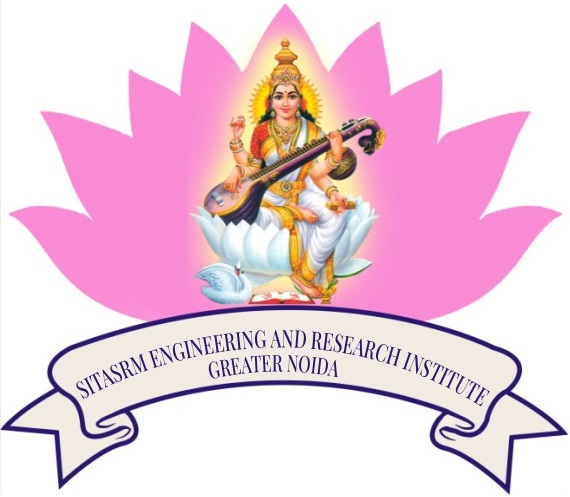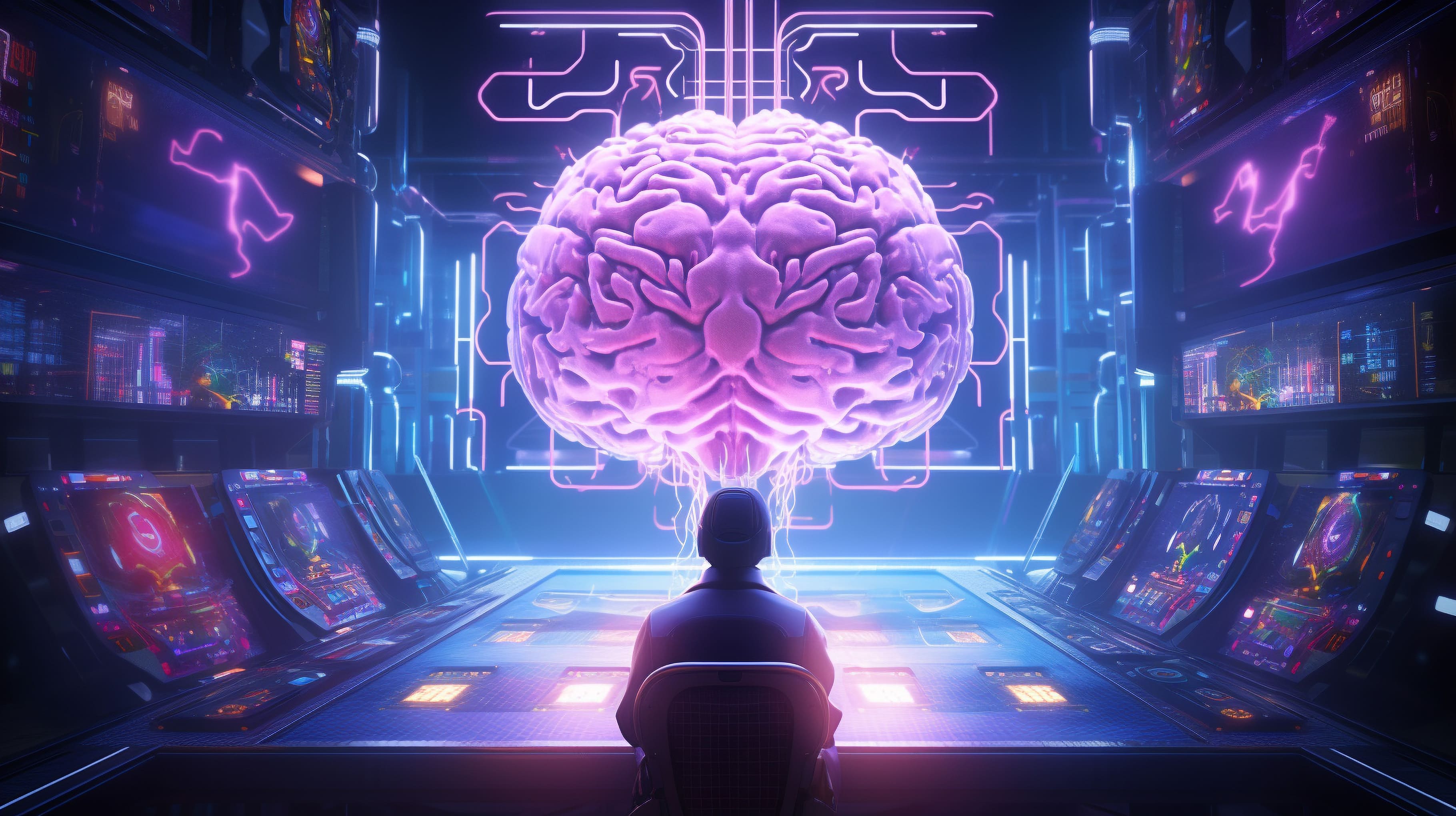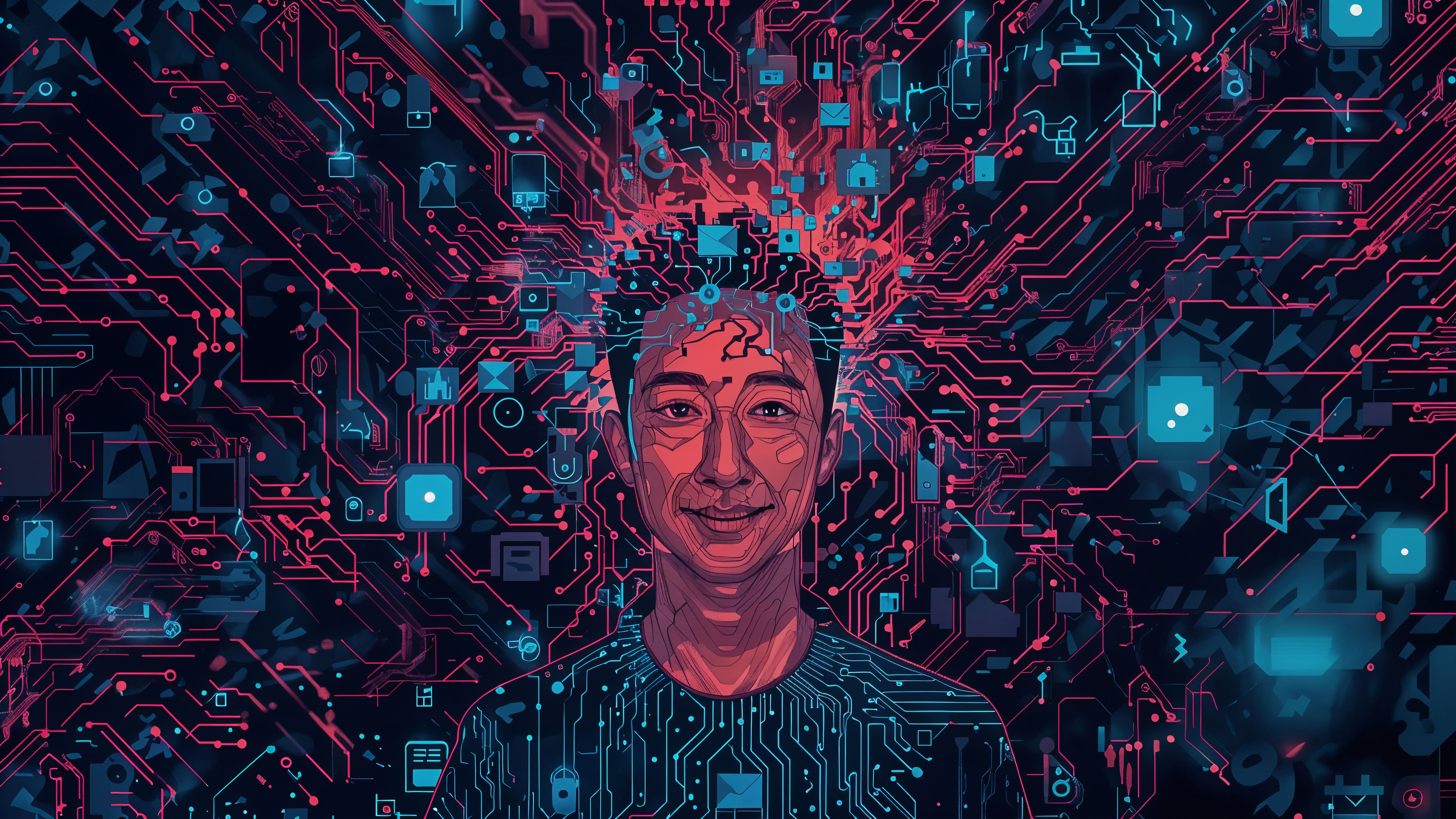 SITASRM ENGINEERING & RESEARCH INSTITUTE
SITASRM ENGINEERING & RESEARCH INSTITUTE
 SITASRM ENGINEERING
SITASRM ENGINEERING & RESEARCH INSTITUTE

SITASRM ENGINEERING & RESEARCH INSTITUTE
Menu
Natural Language Processing (NLP): Complete Guide for B.Tech Students
Introduction
Are you a B.Tech student curious about how computers understand human language? You've come to the right place! Natural Language Processing (NLP) is a dynamic field that bridges the gap between human communication and computer understanding. It's a core component of Artificial Intelligence (AI) and powers many of the intelligent applications we use daily. This guide will walk you through the essentials of NLP, helping you build a strong foundation.
What is Natural Language Processing?
At its heart, Natural Language Processing is about teaching computers to interpret, analyze, and generate human language. Imagine a world where machines could understand our spoken words or written sentences as easily as we do. That's the ambitious goal of NLP. It combines insights from computer science, linguistics, and artificial intelligence to enable seamless human-computer interaction. From virtual assistants like Siri and Alexa to spam filters and translation apps, NLP is everywhere.
Why is NLP Crucial in Today's World?
In our data-driven society, text and speech are abundant. Think about the millions of customer reviews, social media posts, and news articles generated every day. Manually sifting through this vast amount of unstructured data is impossible. Natural Language Processing provides the tools to automatically process, analyze, and extract valuable insights from this information. This makes it vital for businesses, research, and improving user experiences.
The Building Blocks of Natural Language Processing
Before a computer can "understand" language, it needs to process it in a structured way. This often involves several steps:
-
Text Preprocessing: This is the initial clean-up phase.
-
Tokenization: Breaking down text into smaller units like words or sentences (called "tokens"). For example, "Hello world!" becomes ["Hello", "world", "!"].
-
Stemming and Lemmatization: Reducing words to their root form. "Running," "runs," and "ran" might all become "run." Lemmatization is generally more accurate as it considers the word's dictionary form.
-
Stop Word Removal: Removing common words like "the," "is," "a" that often don't add much meaning.
-
Lowercasing and Punctuation Removal: Standardizing text to reduce variations.
-
Text Representation: Once processed, words need to be converted into numerical formats that computers can work with.
-
Bag-of-Words (BoW): A simple way to represent text where the order of words doesn't matter, only their frequency.
-
TF-IDF (Term Frequency-Inverse Document Frequency): This technique weighs words based on how frequently they appear in a document versus how common they are across a whole collection of documents, highlighting important terms.
-
Word Embeddings: This is a more advanced concept. Word embeddings represent words as dense vectors in a multi-dimensional space. Words with similar meanings are located closer together in this space. Popular examples include Word2Vec and GloVe. These are crucial for modern Natural Language Processing tasks.
Core NLP Tasks You'll Encounter
As you delve deeper into Natural Language Processing, you'll learn about various tasks, each addressing a specific aspect of language understanding:
-
Sentiment Analysis: Determining the emotional tone of text – positive, negative, or neutral. This is widely used in customer feedback analysis.
-
Named Entity Recognition (NER): Identifying and classifying named entities in text, such as people, organizations, locations, and dates.
-
Part-of-Speech (POS) Tagging: Assigning grammatical tags (like noun, verb, adjective) to each word in a sentence.
-
Machine Translation: Automatically translating text from one language to another, like Google Translate.
-
Text Summarization: Creating a concise summary of a longer document, which can be extractive (picking important sentences) or abstractive (generating new sentences).
-
Question Answering (QA): Building systems that can answer questions posed in natural language by retrieving or generating information.
The Role of AI and Machine Learning in NLP
AI and NLP are deeply intertwined. Many Natural Language Processing tasks rely heavily on Machine Learning (ML) algorithms. Early NLP systems were rule-based, but modern Natural Language Processing leverages data-driven approaches. Understanding NLP and Machine Learning is fundamental to building intelligent language systems.
-
Traditional Machine Learning for NLP: Algorithms like Naive Bayes, Support Vector Machines (SVMs), and Logistic Regression were (and still are) used for tasks like text classification.
-
Deep Learning for NLP: This is where the magic truly happens. Deep learning architectures, especially Recurrent Neural Networks (RNNs) like LSTMs and, more recently, Transformers, have revolutionized Natural Language Processing. Transformers, with their powerful attention mechanisms, allow models to understand long-range dependencies in text, leading to incredible breakthroughs. The advancements in NLP and Machine Learning have been phenomenal thanks to these deep learning models.
-
Large Language Models (LLMs): You've heard of ChatGPT, Gemini, and similar tools. These are prime examples of Large Language Models, which are massive deep learning models pre-trained on vast amounts of text data. They can perform a wide range of Natural Language Processing tasks, from generating human-like text to answering complex questions. This area is seeing rapid advancements, shaping the future of Natural Language Processing.
Getting Started with NLP as a B.Tech Student
For B.Tech students, the journey into Natural Language Processing typically begins with Python. Libraries like NLTK (Natural Language Toolkit) and spaCy offer excellent tools for fundamental NLP tasks. As you progress, you'll move to deep learning frameworks like TensorFlow and PyTorch, which are essential for building and training advanced NLP models. Practical projects are key to solidifying your understanding. Start with sentiment analysis or building a simple chatbot, then explore more complex tasks.
Empowering Your NLP Journey with SERI
The world of Natural Language Processing is vast and exciting, but navigating it requires the right guidance and resources. At SERI, we are dedicated to empowering B.Tech students like you to excel in AI and ML, especially in specialized areas like NLP.
Our B.Tech in Computer Science and Engineering (AI/ML) program is designed to provide a deep understanding and specialization in these transformative technologies. We offer a curriculum that blends foundational computer science expertise with cutting-edge innovations, preparing you for real-world applications. From intensive lab work and hands-on projects to industry exposure, our programs ensure you gain practical skills.
We focus on developing specialized skill sets, fostering innovative thinking, and preparing career-ready professionals who can adapt to emerging technologies. Through our comprehensive courses, which include dedicated modules on NLP, we aim to cultivate your problem-solving capabilities, leadership, and teamwork. SERI is committed to fostering the next generation of AI and ML experts, ready to lead advancements in NLP and beyond.
NLP is a field full of exciting challenges and immense opportunities. Embrace the learning process, experiment with code, and with the right support, you'll be building intelligent systems that understand and interact with the world in a whole new way!
.jpg)















































